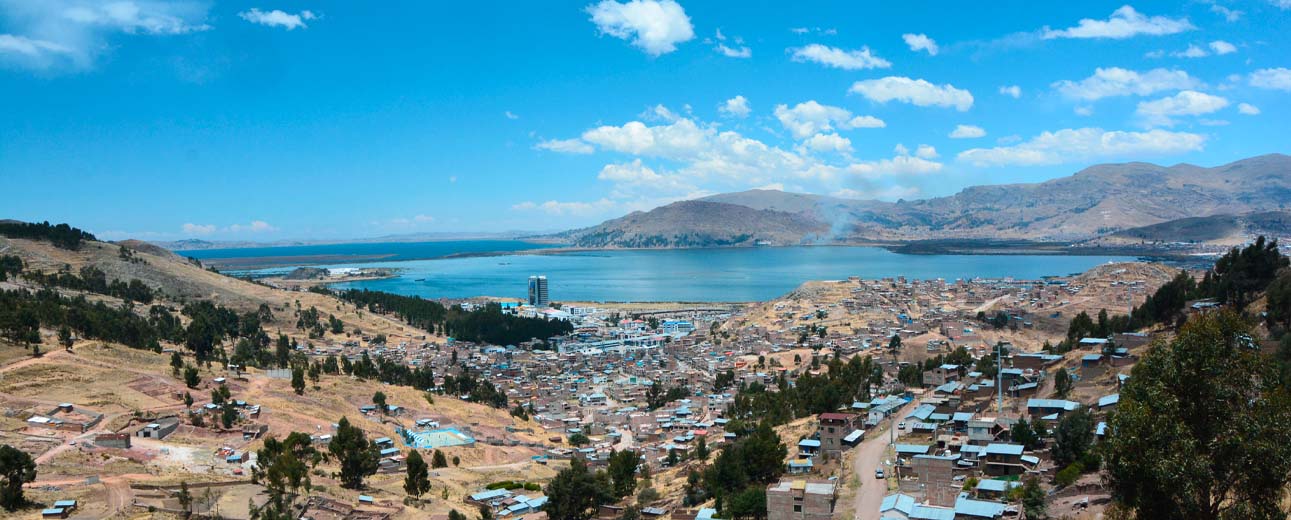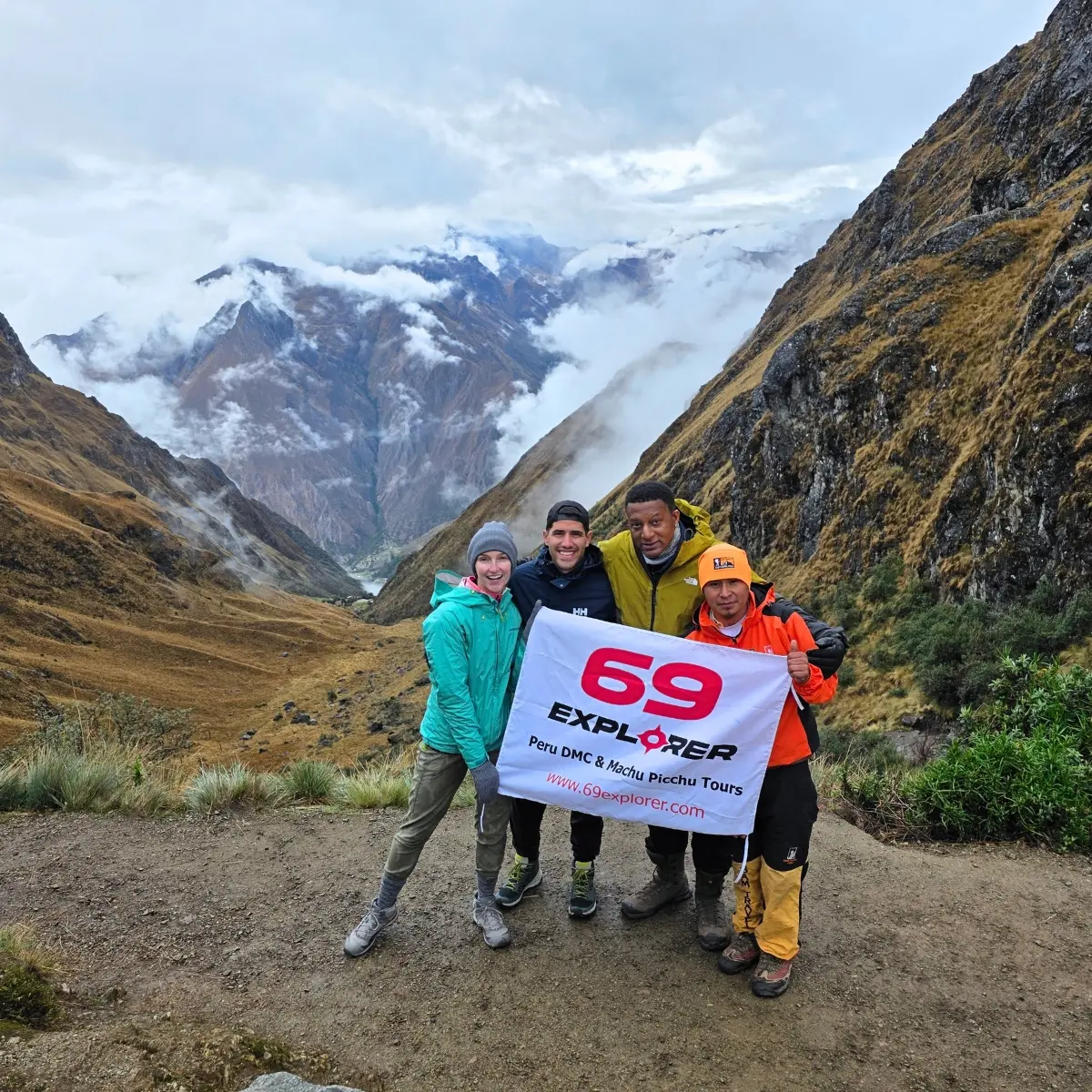Explore the rich history and culture of the most navigable lake in the world
Puno is one of the most important cities on the edge of Lake Titicaca. It is famous for being the most navigable and highest lake of the world. The city is known for its colorful festivals, including the famous Virgen de la Candelaria festival. Learn about the unique way of life of the Uros people. Visit their famous Uros Islands, a group of floating islands made entirely of reeds. Puno is a city that will transport you to another world with its fascinating culure, stunning landscapes, and unique lifestyle.
How to get to Puno?
- By Plane: You can fly from Lima to Juliaca, the nearest airport to Puno. From Juliaca, take a bus or taxi to Puno, which takes about 1-1.5 hours.
- Bus: From Cusco (7-8 hours) or Arequipa (6-7 hours). Popular companies include Cruz del Sur and Inka Express.
- Train: Luxury journey from Cusco with the Belmond Andean Explorer (10 hours).
History and Culture: The Living Tradition of Puno
Puno is renowned for its deep cultural roots that trace back to ancient civilizations like the Aymaras and the Quechuas. These communities have contributed to the rich heritage that thrives today. The city comes alive during the Festival of the Virgin of Candelaria, one of the largest and most colorful celebrations in South America. This event, blending Catholic and Andean traditions, has been recognized as an Intangible Cultural Heritage of Humanity by UNESCO. Thousands of dancers and musicians fill the streets in an explosion of color, music, and devotion during this festival.
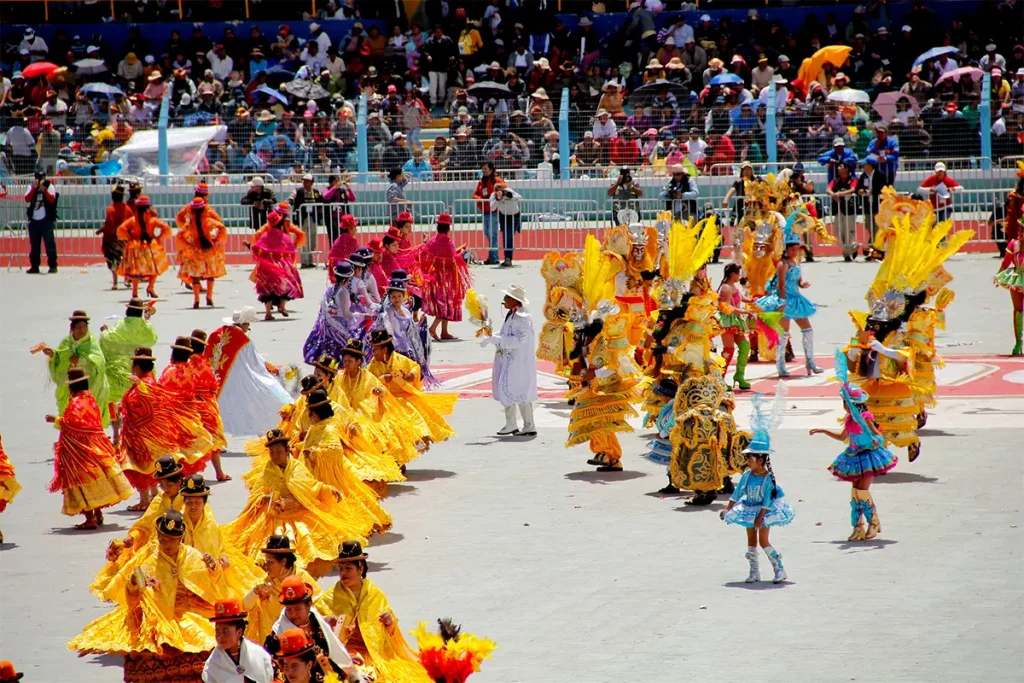
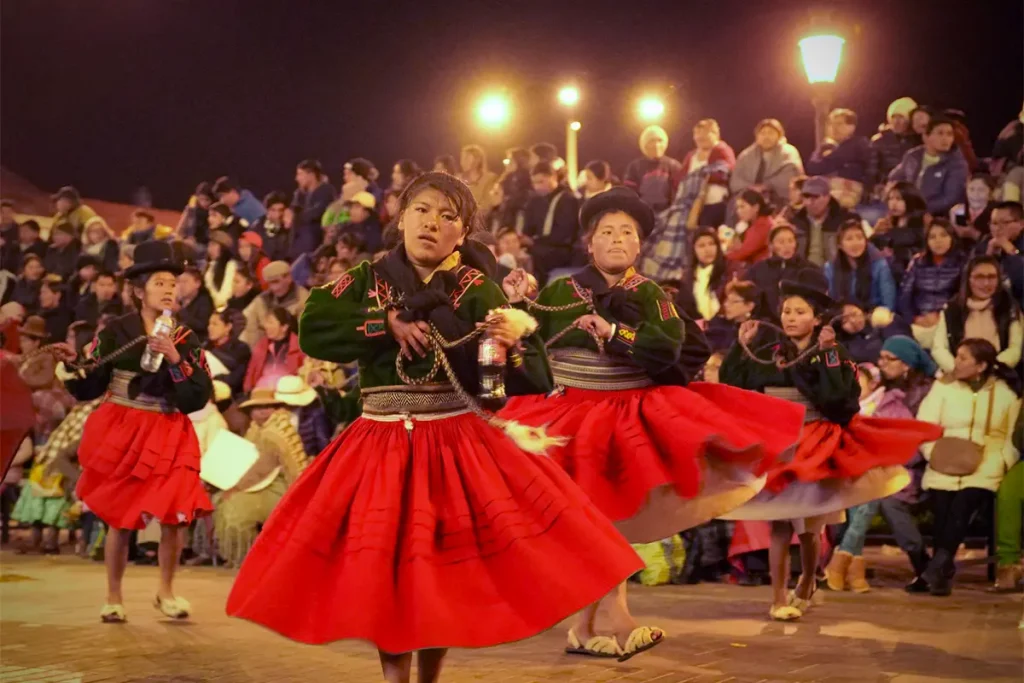
Lake Titicaca: A Natural and Cultural Paradise
Lake Titicaca, the world’s highest navigable lake at over 3,800 meters above sea level, is one of Puno’s main attractions. Its mysticism and natural beauty make it a must-visit destination. Among its unique sites are the Uros floating islands, artificial islands built entirely of totora reeds that grow along the lake’s shores. The Uros people, an ancient community, have inhabited these islands for centuries, maintaining a lifestyle that impresses visitors with its ingenuity and resilience.
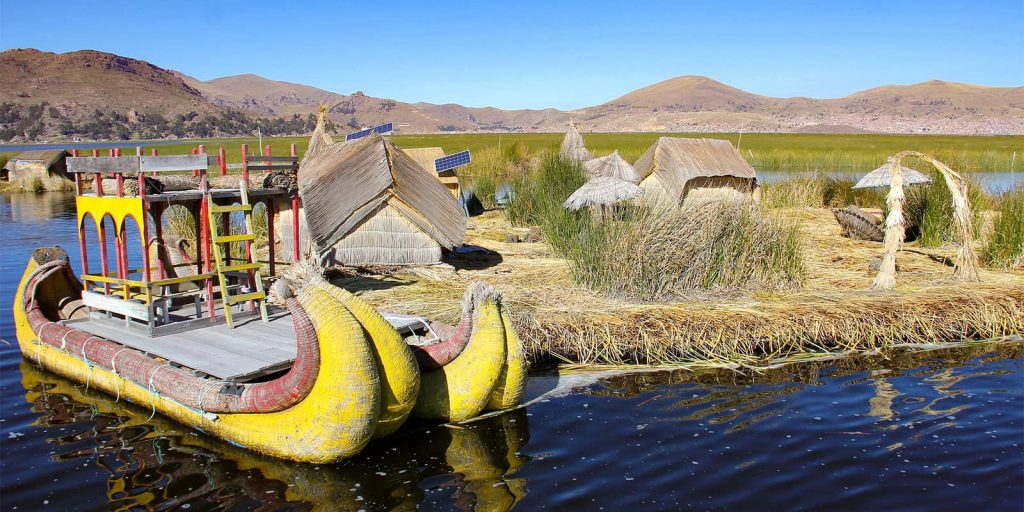
Exploring Taquile and Amantaní
Beyond the Uros, other islands like Taquile and Amantaní offer visitors an immersive experience of Andean rural life. These islands are known for their hospitality and high-quality textiles, which UNESCO has recognized as Intangible Cultural Heritage. On Taquile, weaving reflects Andean cosmology, with each design telling a unique story.
Local Cuisine: A Taste of the Andes
Puno’s cuisine is a blend of native flavors and traditional techniques. Dishes such as grilled trout, freshly caught from the lake, and chairo, a hearty soup made with meat, vegetables, and grains, showcase the culinary richness of the region. Ingredients like quinoa and cañihua, native crops, add a nutritious and distinctive taste to local dishes.

